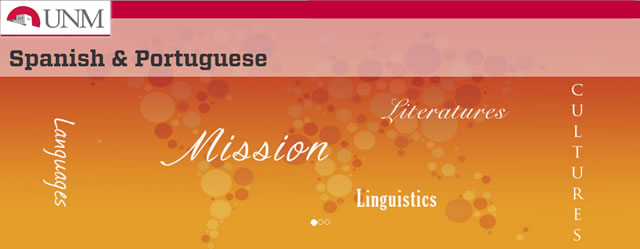
Spanish and Portuguese ETDs
Publication Date
6-24-2015
Abstract
The struggle of reimagining and resituating once ignored or vilified female icons is an example of how Chicanas turn to the past to instill a new meaning to female archetypes. In breaking silence, Helena María Viramontes and Yxta Maya Murray found a way to make the Chola visible, and a voice from which she could speak about the concerns of women living la vida loca in urban landscapes. The analysis of Chicana representations, of the Chola and la vida loca thus offers a counter-narrative to the dominant narratives offered by Chicano texts but also to the rise of representations about Cholas/Cholos in dominant society toward the end of the 20th century. In this dissertation project I examine the written expressions of the Chola and the queer Vato by Chicana feminist writers to analyze how women utilize counter-narratives to express lived realities and to negotiate new understandings on issues of gender roles, identity and shifting social urban conditions. The analysis of how women offer alternative descriptions of the Chola as Malfloras and Locas, symbols of women gone bad and crazy, provides the context from which to study how women create alternative forms of expression through and by the appropriation of a tough male aesthetic to re-inscribe the Cholas as empowered women. The recuperation of the Cholas sliced tongue and silent scream in women's literary representation thus offers an alternative refiguring of the Chola figure as a speaking subject. This study also emphasizes how Chicana feminists recuperate and reinscribe the Chola to provide new interpretations of the Chola as an agent of resistance and opposition and to express what Yvonne Yarbro Bejarano terms 'the reversal of an accepted image' ('The Lesbian Body,' 183). Feminist writers' development of an emblem of resistance, as a strategic tool to code the Chola with new meaning proves to be 'more complex than rejection, for such strategies both critique and derive power' from the reversal and repositioning of the Chola's image (Yarbro Bejarano, 183). This study also reveals how, in flipping the meaning of the Chola's, body as a silent object to speaking subject, Chicanas brought authority to the ways women use gender performance to re-frame the meaning of Malfloras and Locas. Additionally, by coding the Malflora figure to function like a geographical artifact that can be read by others does more than inform readers about the Chicana's struggle for self-definition but also speaks to simultaneous external and internal social and cultural pressures. As a result of repositioning and re-coding the image of the Chola, these writers articulate a sense of difference and defiance in writing about la vida loca from gendered lenses.
Degree Name
Spanish & Portuguese (PhD)
Level of Degree
Doctoral
Department Name
Spanish and Portuguese
First Committee Member (Chair)
López, Miguel
Second Committee Member
Reyes, Bárbara
Language
English
Keywords
Chola, Chicana
Document Type
Dissertation
Recommended Citation
Galván, Lorena. "THE CHOLA LOCA IN LANDSCAPES OF STRUGGLE: BREAKING SILENCE IN THE WORKS OF HELENA MARÍA VIRAMONTES AND YXTA MAYA MURRAY." (2015). https://digitalrepository.unm.edu/span_etds/16
